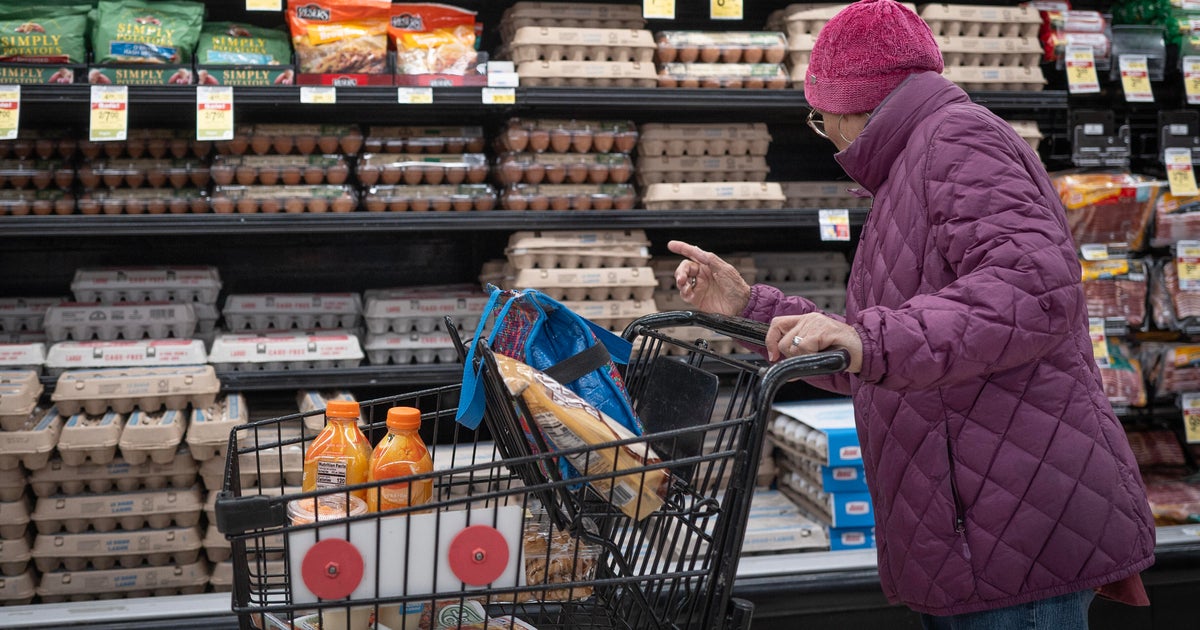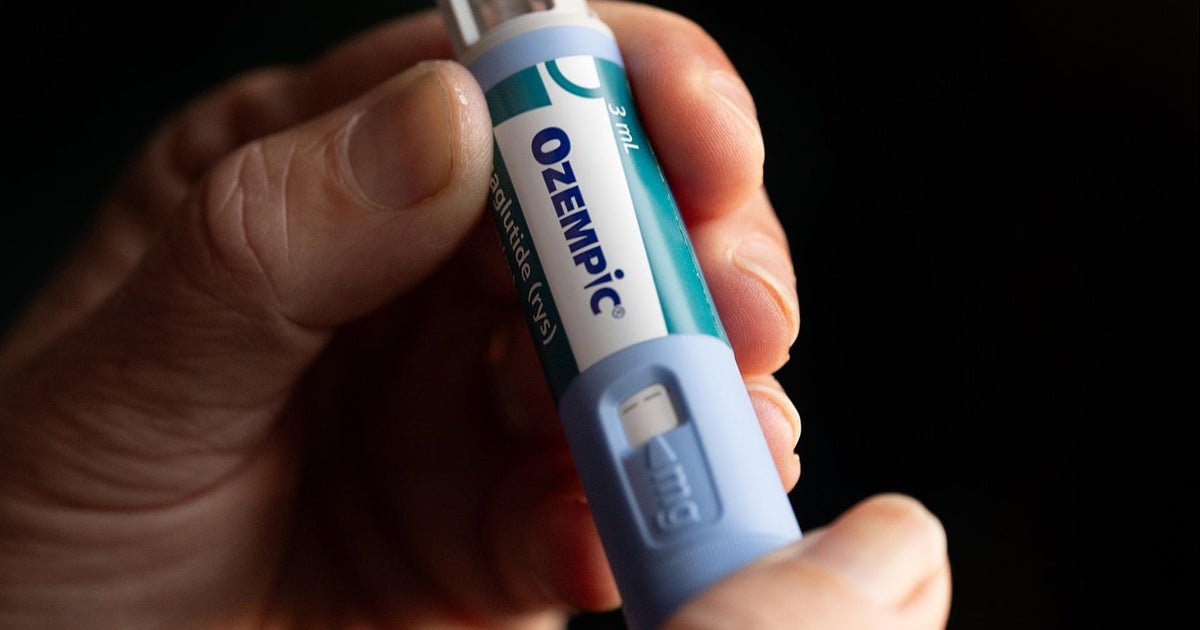The core personal consumption expenditures (PCE) price index, the Federal Reserve’s preferred inflation measure, ticked up last month, rising more than economists had forecast and signaling that price hikes remain stubbornly elevated.
Inflation yardsticks such as the PCE index and the Consumer Price Index measure the change in prices over time of a typical basket of goods and services.
The core PCE, which excludes volatile fuel and food prices, showed a 2.8% increase last month on an annual basis, versus a 2.6% annual increase in January, according to data released Friday by the Commerce Department.
Economists had forecast that the core PCE in February rose 2.7%, according to financial data firm FactSet. Including fuel and food prices, the PCE rose 2.5% on an annual basis, matching the prior month’s increase.
While inflation has cooled considerably from its peak above 9% in June 2022, the Federal Reserve wants to drive the annual rate of price increases to 2%, a goal that remains elusive. The Trump administration’s tariff barrage — including a new 25% tariff on auto and car part imports — could reignite inflation later this year, economists say.
The pickup in core inflation likely means the Federal Reserve will hold off on further rate cuts, said Ellen Zentner of Morgan Stanley Wealth Management in an email. Earlier this year, the Fed paused its series of rate cuts given sticky inflation data that pointed to a stall-out in its battle against price hikes.
“Today’s higher-than-expected inflation reading wasn’t exceptionally hot, but it isn’t going to speed up the Fed’s timeline for cutting interest rates, especially given the uncertainty surrounding tariffs,” Zentner said.
The PCE report also included data on consumer finances, showing that consumers saw their incomes jump 0.8% in February although they increased spending at just 0.4%, noted Nationwide chief economist Kathy Bostjancic in an email.
U.S. consumers are putting that extra money aside in savings, pushing up the household savings rate to its highest level since June 2024, she noted. Americans’ outlook for the economy has grown somewhat more pessimistic since last month, with relatively more expecting a slowdown or recession over the next year, recent CBS News polling has found.
“Heightened uncertainty around the economic outlook, fears of accelerating inflation and the declines in the equity market are depressing consumer confidence,” Bostjancic said.




